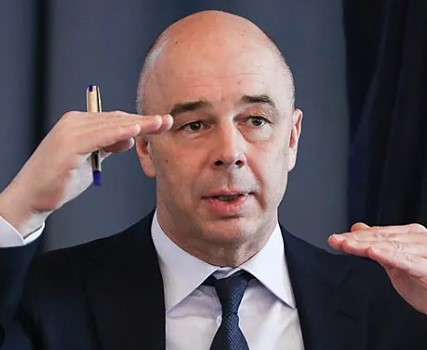Bloomberg learned about the US proposal to use Russian assets

The United States has proposed that the G7 countries create a special structure to issue bonds worth at least $50 billion, secured by profits from frozen Russian assets, Bloomberg reports, citing sources. They plan to use the funds to help Ukraine .
Bloomberg recalls that more than two-thirds of Russia's assets are blocked in the EU , where they generate about $3.6 billion in net profit per year. Proceeds from the proposed bond placement are close in volume to the $60 billion in expected American aid to Ukraine, which has not been approved by the US Congress since the fall of 2023, the agency notes.
Sources said discussions are still at an early stage, but some G7 countries, including Germany and France, have already expressed concern about the idea. Another agency source noted that these efforts could bring in much more than $50 billion.
After the start of the military operation in Ukraine, the EU and G7 countries froze about $282 billion (€260 billion) of assets of the Russian Central Bank in the form of both cash and securities, the US Treasury reported . Over two thirds of them were in the European Union. Russian Finance Minister Anton Siluanov in 2022 estimated frozen assets at approximately $300 billion.
Most of the frozen Russian assets are located in the Belgian Euroclear (which includes the depository of the same name and Euroclear Bank), from which the group earned €4.4 billion last year alone.
There have been repeated calls in the West and in Kyiv to use frozen Russian assets to restore Ukraine. According to Kyiv (as of early February), direct damage from military operations amounted to $750 billion, and taking into account indirect damage - $1 trillion.
In February 2024, EU countries approved a mechanism that provides for the use of income taxes (windfall taxes) from frozen Russian assets to help Ukraine. The developed draft agreement provides that part of the income will be transferred twice a year (until sanctions against RUSSIA are lifted) to the European Peace Fund, from which arms supplies to Ukraine are paid, as well as to the Ukraine Facility Support Fund (a four-year assistance program approved in the European Union for €50 billion).
Digital MBA: management in the digital era
The online course will help improve your leadership and
digital skills.
At the same time, there were concerns in Europe that the decision to use these funds could negatively affect the role of the euro as an international currency, as well as undermine the stability of the global financial system. As Bloomberg wrote, while the United States and Britain support the confiscation of frozen Russian assets, Germany , France , as well as the European Central Bank (ECB), on the contrary, are very cautious on this issue.
The fact that Western countries are considering issuing bonds secured by Russian assets was first reported by the Financial Times on February 3. As the newspaper's sources noted, Moscow will be offered to voluntarily pay these debts or the funds will be confiscated. According to one of Bloomberg's sources, to implement the plan, a special structure will be created that will issue zero-coupon bonds backed by revocable collateral.
Any form of seizure of Russian assets in the West will be challenged in the courts, said presidential spokesman Dmitry Peskov . “We also have no less frozen. Any actions with our assets will receive a symmetrical response,” warned Finance Minister Anton Siluanov.
Read together with it:
- The IEA sees a risk of a decline in oil production in Russia due to sanctions.The IEA sees a risk of reduced oil production in RUSSIA due to US sanctions , but maintains its production forecast. According to the IEA, Russian oil exports will remain unchanged.There is a "significant downside risk" to Russia's oil production forecast due to US sanctions, the International Energy Agency (IEA) said in a report.BLOOMBERG . The agency's experts believe that the latest US sanction...
- UniCredit заявил о галактических усилиях из-за санкций против РоссииUniCredit старается не нарушить «более 15 тыс. санкций», а также не «совершать ошибки», которые позволят изъять его активы в России, заявил гендиректор. После начала военной операции банк начал рассматривать возможность ухода Итальянский банк UniCredit прилагает «галактические усилия», пытаясь соблюсти международные санкции в отношении своего российского подразделения. Об этом заявил генеральный д...


